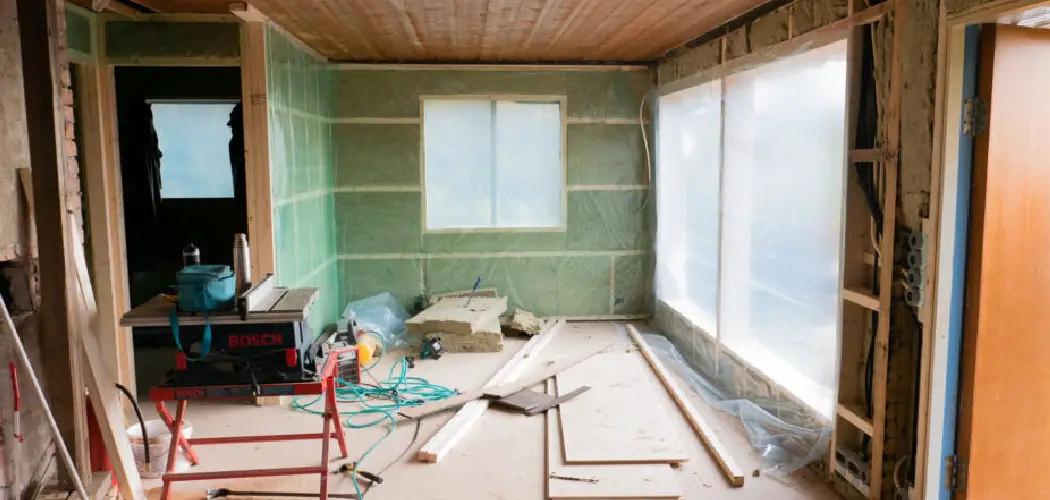Are you struggling with water infiltration in your basement? Has the humidity been making it difficult to even store items down there? If so, it’s time to finally take action and master the art of waterproofing your basement from the inside. In this blog post, we’ll discuss all that is necessary for effectively waterproofing your basement – from identifying potential sources of water intrusion to evaluating solutions on how best to protect against water damage.
We will be exploring some DIY methods as well as discussing when it is best to seek professional help in order to create a safe and dry atmosphere in your cellar that will both save you money and provide lasting protection against any future moisture issues. So get ready – learning how to waterproof basement from inside is much easier than you may have thought!
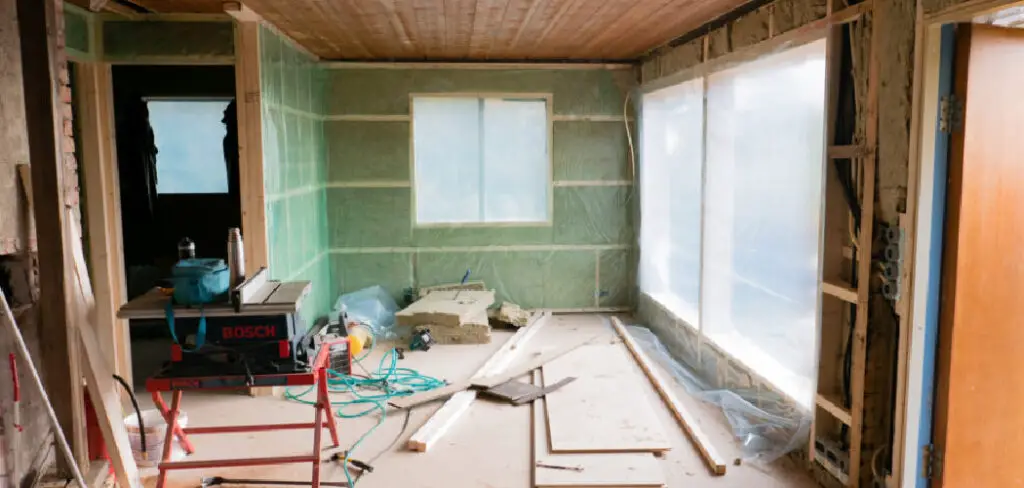
Why is It Necessary to Waterproof Basement From the Inside?
1. To Protect Structure
Waterproofing your basement from the inside is an essential part of protecting the foundation of your structure and maintaining its integrity. Without proper waterproofing, water can seep through cracks in the basement walls or floor and cause costly damage to the concrete, drywall, wiring, insulation, and more. This can also create an environment conducive to mold growth which poses both health risks and additional structural damages.
2. To Improve Air Quality
Waterproofing the basement from the inside is also a great way to improve the air quality in your home and make it a healthier environment for all occupants. Unwanted moisture can cause mold spores to become airborne, leading to an accumulation of harmful toxins in the air. This can not only create allergies or other breathing problems, but it can also lead to a musty smell in the home.
3. To Avoid Costly Repairs
Finally, waterproofing your basement from the inside is essential in order to save money and avoid costly repairs down the line. Taking all necessary steps to ensure your basement remains dry will pay off over time when you don’t have to deal with expensive water damage or health issues as a result of mold accumulation.
Now that you understand why it is necessary to waterproof basement from inside, let’s discuss some of the main steps involved in this process.
Required Items for Waterproofing Basement From Inside
1. Exterior Wall Sealing Products
The first step in waterproofing your basement from inside is to seal all exterior walls with a waterproofing product. This can be done by applying a water-resistant sealant such as a masonry bond, hydrophobic coating, or sump and perimeter drain systems around the outside of the house. Doing this will help prevent water from seeping through the walls and into your home.
2. Dehumidifier
Another important item that you’ll need for effective waterproofing is a dehumidifier. This appliance helps to reduce moisture in the air, which in turn reduces the risk of mold growth in your basement. Additionally, it keeps down humidity levels, which can often be a cause of water infiltration in the first place.
3. Sump Pumps
Finally, you’ll want to install sump pumps throughout your basement in order to actively remove any incoming water from the area. These pumps are designed to collect groundwater and transfer it outside of the home before it has a chance to cause damage or create an unpleasant environment.
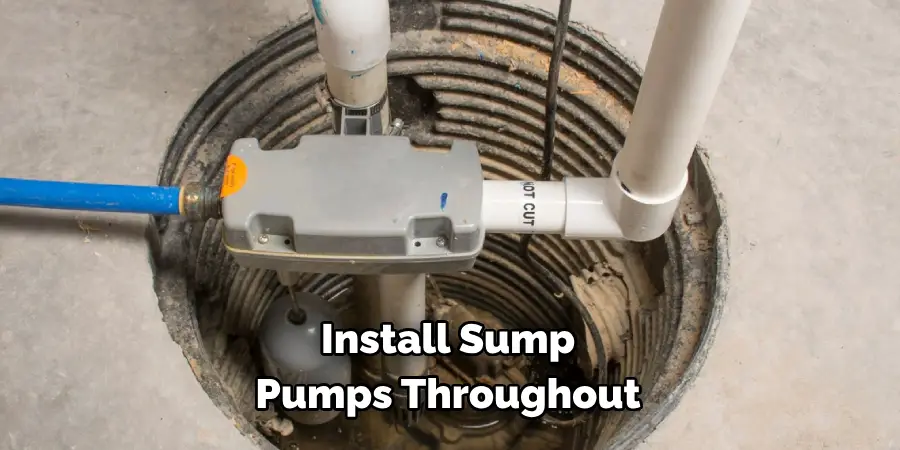
Once you have all the necessary items in place to waterproof your basement from the inside, it’s important to check for potential sources of moisture or water infiltration that could be causing problems.
10 Instructions on How to Waterproof Basement From Inside
1. Clean Up
Clean up and repair any cracks, holes, and other structural damage on the basement walls and floor. Make sure to use waterproofing sealant or concrete caulk in order to prevent water seepage through these spots. Dirt may also need to be removed from the walls and floor in order to ensure an even surface.
2. Seal Your Walls
Apply a waterproofing sealant around the outside edges of your basement walls using a painting brush, roller, or paint sprayer. This will prevent water from entering through any cracks between the foundation and wall structure.
3. Check for Standing Water
Check for any areas with standing water and take steps to remove it. This may include clearing away debris and other obstructions, using a shop vac or pumps to remove the water, or even installing drainage systems in your basement.
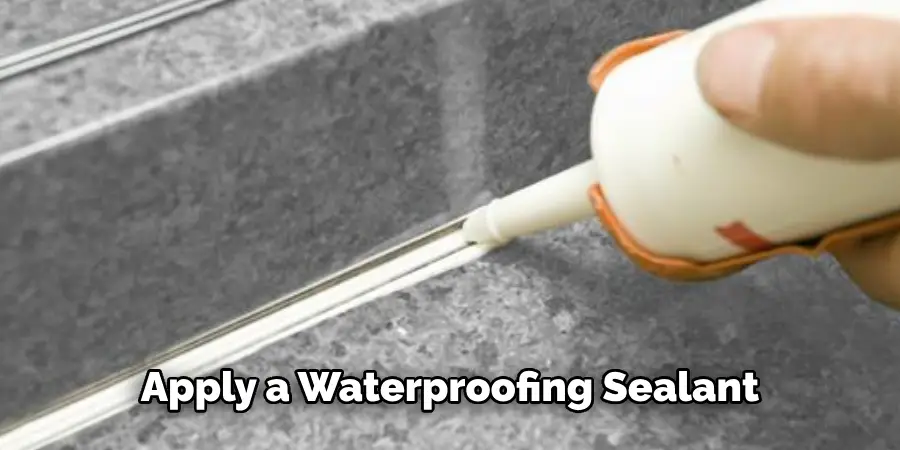
4. Install Gutters and Downspouts
Installing gutters and downspouts around the perimeter of your home will help keep water from pooling around the foundation. This will prevent it from seeping through any cracks in the basement walls.
5. Install a Sump Pump
A sump pump is an efficient way to remove any groundwater that’s been collecting in your basement. Make sure to install a battery-powered backup system that will take over if the power goes out.
6. Install a French Drain
Installing a French drain will help to redirect water away from your home and foundation before it has a chance to enter the basement. The drainage pipe is typically laid into trenches around the perimeter of the house, with gravel or stone added at the bottom for additional support.
7. Install Waterproofing Membrane
A waterproofing membrane can be applied to the basement walls and floor in order to prevent water from entering the space. There are a few different types of membranes available, including asphalt and bitumen-based products.
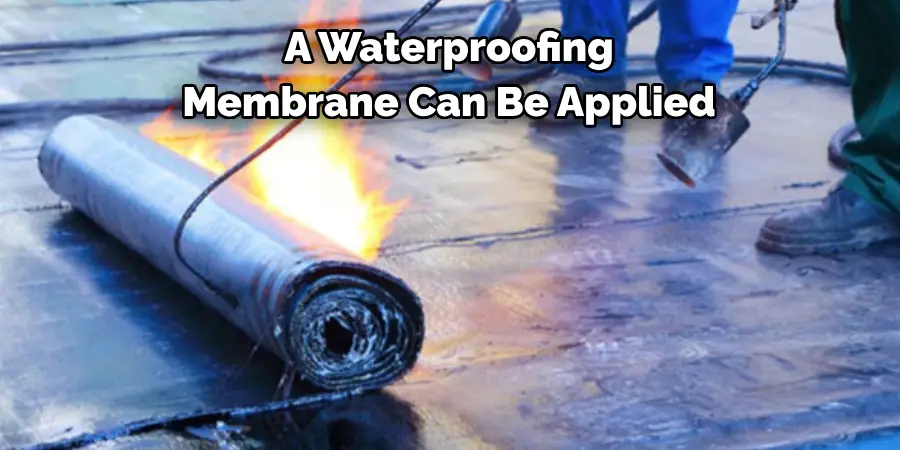
8. Use a Dehumidifier
Installing a dehumidifier in your basement will help to control humidity levels and prevent moisture from accumulating. Just make sure to empty the tanks regularly and keep an eye on the humidity gauge.
9. Check for Leaks
Regularly check your basement for any signs of leaks, such as damp spots, mold, or mildew. If you do find a leak, take steps to repair it immediately in order to prevent water damage.
10. Consider Interior Drainage
If you live in an area with high levels of groundwater, consider installing an interior drainage system or a French drain around the perimeter of your basement. This will help to keep water away from your home’s foundation and prevent it from seeping into the basement.
Follow these steps for how to waterproof basement from inside and you’ll be able to keep your basement dry and free from water damage. Be sure to regularly inspect for any signs of water seepage or leaks, and take steps to repair them as soon as possible. With a few simple steps, you can protect your home from costly damage caused by flooding or moisture accumulation.
8 Maintenance Tips for Waterproofing a Basement from the Inside
1. Inspect the interior regularly. A well-maintained basement is easier to waterproof, so inspect your walls and floors regularly for signs of water damage like discoloration, mold, mildew, or cracks. The basement should also be kept free of debris and clutter that can impede proper drainage.
2. Patch up any cracks in the walls or floors. Cracks, no matter how small, are entry points for moisture and can allow water to seep into your basement. Use a waterproof sealant or patching compound to fill in holes and cracks in your basement’s walls and floors.
3. Install a sump pump and drainage system. A sump pump will help remove excess water from the basement, while a drainage system can direct it away from the property. Make sure to maintain these systems regularly for optimal performance.
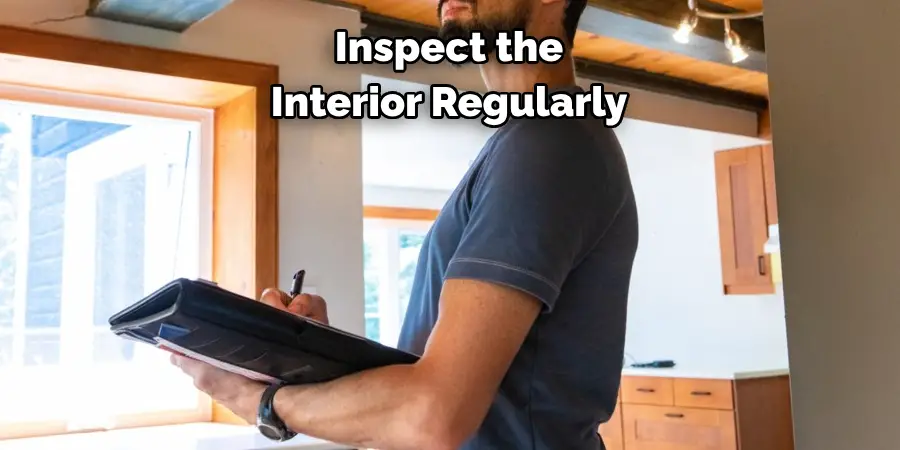
4. Apply a waterproof sealant to your walls and floors. This will create an impenetrable barrier against water, helping to keep the basement dry. It’s important to inspect the area regularly for any signs of wear or damage that may require another application.
5. Install gutters and downspouts. Make sure your gutters are in good condition and free of blockages, as these can lead to the accumulation of rainwater near your property’s foundation. Ensure that downspouts are directed away from the house, not towards it.
6. Check the windows and doors for seals. Inspect all of your windows and doors to make sure they are sealed properly. Look out for gaps or cracks in their frames, as these can also let moisture into the basement. If necessary, apply caulk around them to create a tight seal.
7. Invest in a dehumidifier. High humidity levels can contribute to condensation and mold growth, which can weaken your basement’s walls and floors over time. A dehumidifier will help keep things dry by removing excess moisture from the air.
8. Monitor water pressure around the house. If the water pressure is too high in the house, it can force water into your basement. Make sure to keep an eye on the pressure and adjust it if necessary.
Following these tips will help to ensure that your basement stays dry and waterproofed, helping you avoid any costly repairs due to damage from moisture accumulation.
Conclusion
In conclusion, waterproofing your basement from the inside is a necessary step in protecting your home and its structure from water damage. With proper planning, utilizing the correct materials, applying the right methods, and utilizing experienced professionals whenever needed, you can easily waterproof your home’s basement interior. Doing so will save you money in the long run due to preventing water damage expenses and potential health risks associated with mold and mildew formation.
Furthermore, you will enjoy peace of mind knowing that your home’s foundation is safe from flooding. Taking action now to waterproof your basement firmly places responsibility in your hands for avoiding costly repairs or building replacements- so don’t delay! Follow these tips on how to waterproof basement from inside and start waterproofing your basement today. Take control of your home’s safety today by researching the best ways to waterproof your basement interior.

